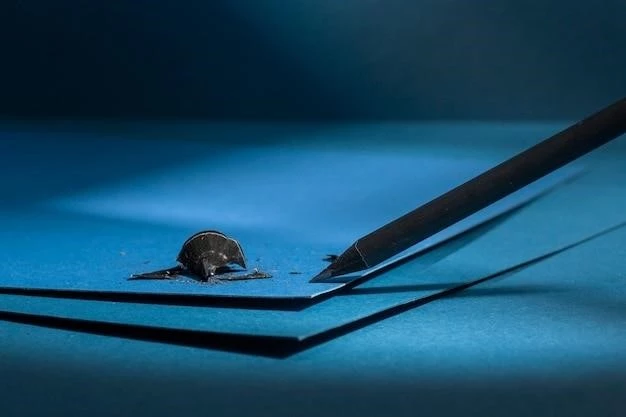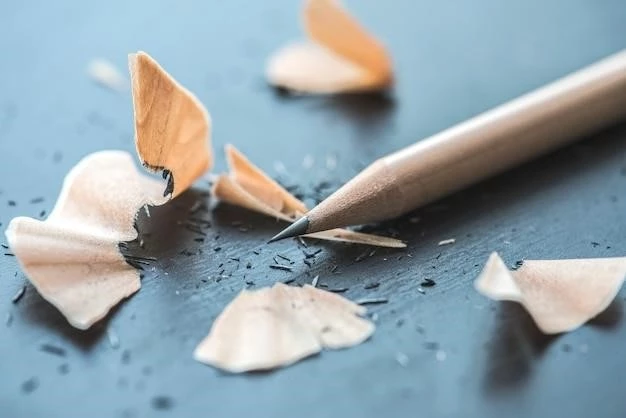The History of the Pencil: A Humble Tool With a Rich Past
As a writer and a lover of all things stationery, I’ve always been fascinated by the humble pencil. It’s a tool that’s been used for centuries, and its story is filled with fascinating twists and turns. So, let me take you on a journey through the history of the pencil, from its humble beginnings to its evolution into the essential writing tool it is today.

From Graphite to Pencil
The story of the pencil begins with the discovery of graphite, a soft, black form of carbon. People have been aware of graphite for centuries, but its use as a writing tool didn’t begin until the 16th century; In the early 1500s٫ people in England discovered a deposit of graphite in Cumbria٫ which they initially called “black lead.” They quickly realized its potential for writing and drawing٫ and they began using it for marking and sketching.
However, graphite was a difficult material to work with. It was brittle and easily broke, and it smudged easily. Early attempts to create pencils involved simply wrapping the graphite in string or paper, which wasn’t very practical. The breakthrough came in the 17th century, when a German craftsman named Simon Simon devised a method of encasing graphite in wood. He would simply drill a groove into a piece of wood and then insert a stick of graphite. This method made it possible to create pencils that were both durable and easy to use.
The Rise of the Modern Pencil
The 18th century saw the development of the first mass-produced pencils. In 1795, Nicolas-Jacques Conté, a French military engineer, invented a method for producing graphite pencils with a standardized degree of hardness. Conté’s process involved mixing graphite powder with clay, which allowed him to control the hardness of the pencil lead. This innovation was a game-changer, as it allowed for pencils of different degrees of hardness to be produced, each suited to different writing and drawing needs.
The 19th century saw the rise of the modern pencil industry. Companies such as Faber-Castell and Eberhard Faber began producing pencils on a large scale, and the pencil quickly became an essential tool for everyone from students to artists to writers. The invention of the mechanical pencil in the late 19th century further revolutionized the world of writing, offering a convenient and refillable alternative to traditional wooden pencils.

The Pencil in the 21st Century
Today, pencils are still an essential tool for writing, drawing, and sketching. They come in a wide variety of shapes, sizes, and colors, and they are used by people of all ages and walks of life. While digital tools have become increasingly popular in recent years, the humble pencil remains a beloved and enduring part of our writing culture. I, for one, still find myself reaching for a pencil whenever I need to jot down an idea or sketch out a rough draft. There’s something about the tactile experience of writing with a pencil that I find incredibly satisfying.
It’s fascinating to think about the long journey of the pencil, from its humble beginnings as a simple piece of graphite to its evolution into the sophisticated writing tool it is today. The pencil is a testament to human ingenuity and creativity, a tool that has helped us to communicate, create, and learn for centuries.










